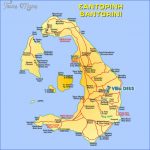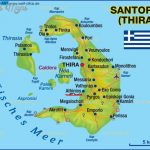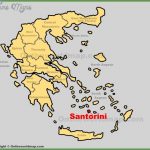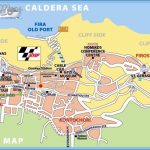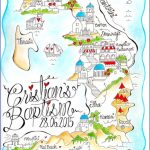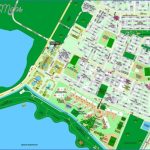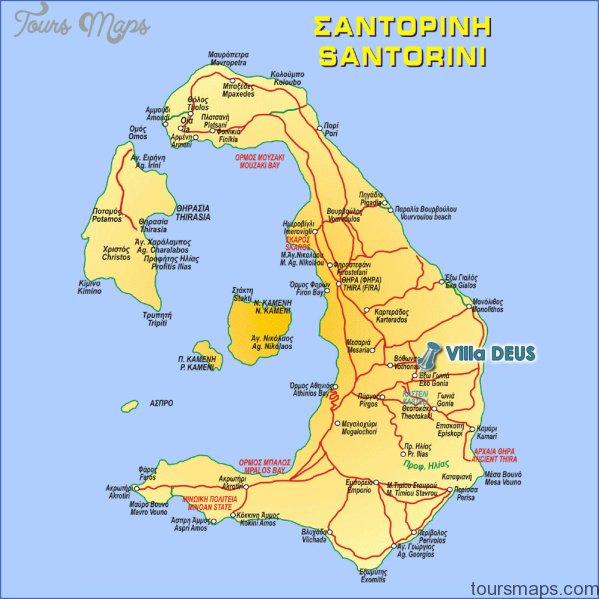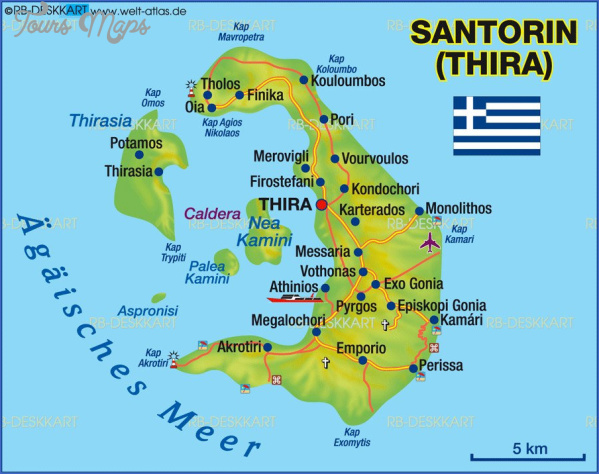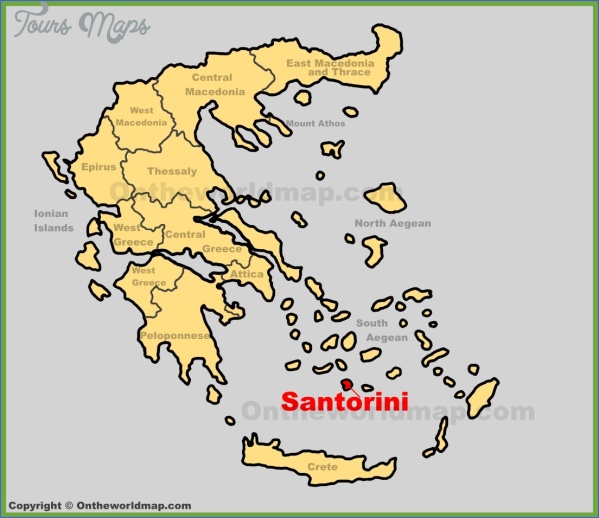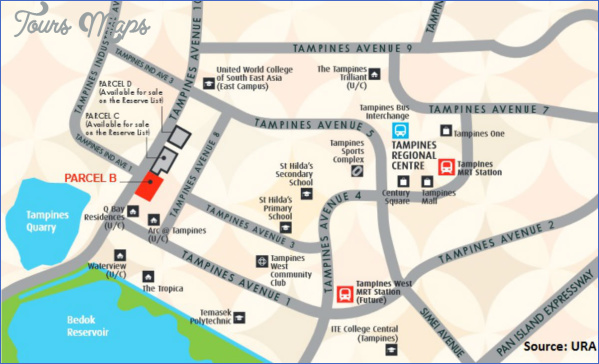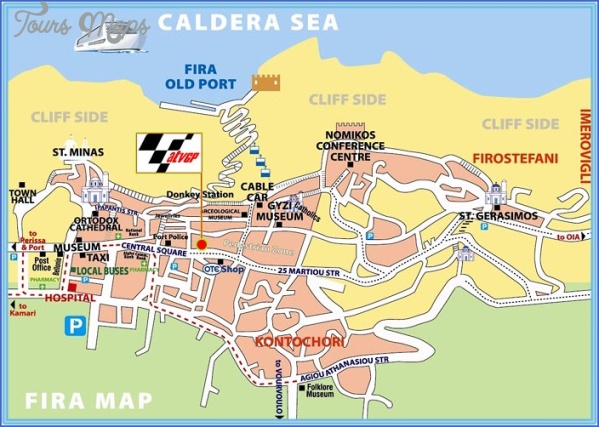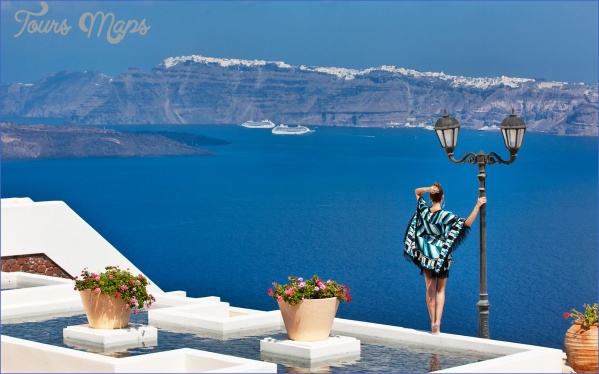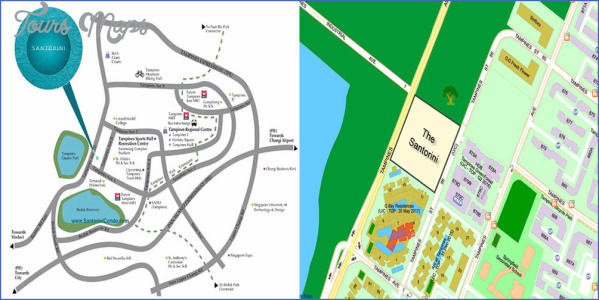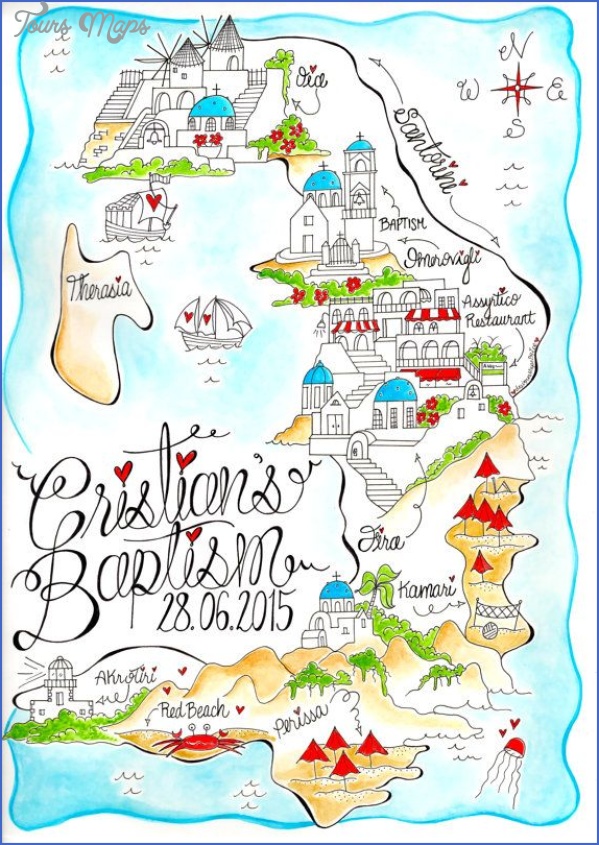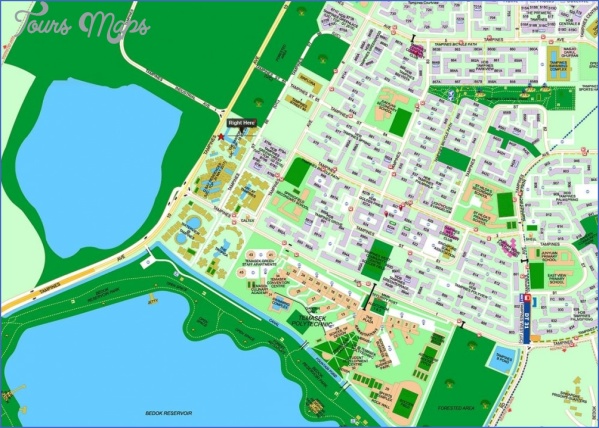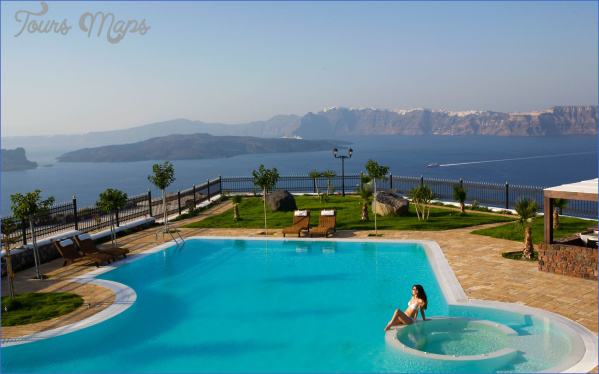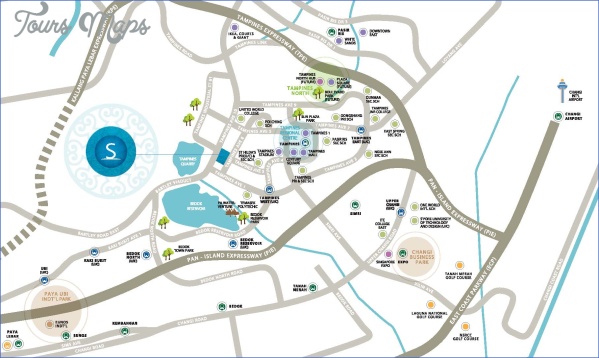VOLCANIC ACTIVITY
Over the centuries, the islanders have given their home various names. It has been called Strongyle (the Round One), Kalliste (the Beautiful One), Philotera, and Santorini. In the 20th century, many people have linked its turbulent past with the tragic fate of the legendary continent of Atlantis. Scholars and scientists, geologists and archaeologists, have treated it with wonder and interest as they tried to piece together its long story from the information available to them.
But let us see how its tragic history has unfolded. Mythology tells us that Santorini was created from a lump of earth from far-off Libya. History, complemented by geology and archaeology, gives us a series of mind-shattering facts related to the creation and evolution of this amazing place, which the French geologist, F. Fouque, rightly called the “Pompeii of the Aegean”. But in order for us to follow Santorini’s progress through the ages, we should first try to sketch a picture of what Greece looked like hundreds of millions of years ago.
In the beginning, the Greek earth was covered by water. Gradually and after vast upheavals in the bowels of the planet, sections of dry land rose up above the water some 30,000,000 years ago and
The volcano of Santorini was the main factor behind the creation of the island. Today, the fumes that emerge from the crater give visitois a liny hint of what must hare happened at the time of the eruption. created Aegeis. This was a single land mass stretching from the Ionian Sea to Asia Minor and the south coast of Crete. The geological shifts in the earth’s crust continued. With the passage of time, the sea penetrated the interior of Aegeis, breaking it into pieces. Part of it – what is today the Aegean
Santorini Map Location Photo Gallery
Sea – sank, leaving only its mountain peaks which still protrude above the surface.
In the situation now occupied by Santorini, only a rocky islet remained, corresponding today to the district of Profitis Elias and Pyrgos. From that time on, the subsequent evolution of the island into its present shape was the result of the long-term activity of volcanoes, which made their appearance in the region as early as 26,000,000 years ago. Thus, about 2,000,000 years ago, the first volcanic craters began to form southwest of Profitis Elias, Over time, the craters broke through the surface of the sea and then united to form what is now Akrotiri. Later volcanic activity created other craters to the north of the already existing island. The volcanic cones and the rocky islet predating them slowly began to fuse together thanks to the matter that spilled out during eruptions, eventually forming a single island, which because of its shape was called, as Herodotus tells us, Strongyle or ‘the Round One’.
What did Strongyle really look like, one wonders, in those days? Scientists have concluded that it must have been an imposing volcanic cone, with a height of about 1,000 metres and a diameter of 14 to 15 kilometres. There would have been a crater at the top of the cone and other smaller ones along its sides. Lava would burst from the craters, to flow bubbling hot down to the sea. With time the volcano became extinct and after thousands of years plants and animals began to live on the island.
The fertile soil of Santorini seems to have attracted the first settlers during the fifth millen-nium BC (in the Neolithic period), as we can see in the finds from the site at Akrotiri. In the Early and Middle Bronze Age (3200-2000 and 2000-1550 BC) settlements began to develop on sites other than Akrotiri.
The inhabitants were mostly farmers, but they also traded with other places by sea. Trade grew still further during the Late Bronze Age – in the period around 1550-1500 BC – when the Minoans of Crete were masters of the Aegean and had a decisive influence on the civilisation of Thera. But in about 1500 BC that civilisation suffered a mortal blow when the volcano erupted, ultimately resulting in the eradication of the human settlements on Santorini.
Maybe You Like Them Too
- Top 10 Islands You Can Buy
- Top 10 Underrated Asian Cities 2023
- Top 10 Reasons Upsizing Will Be a Huge Travel Trend
- Top 10 Scuba Diving Destinations
- World’s 10 Best Places To Visit

